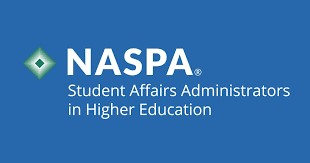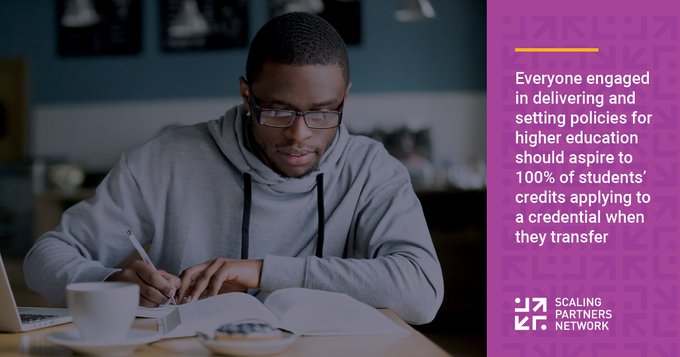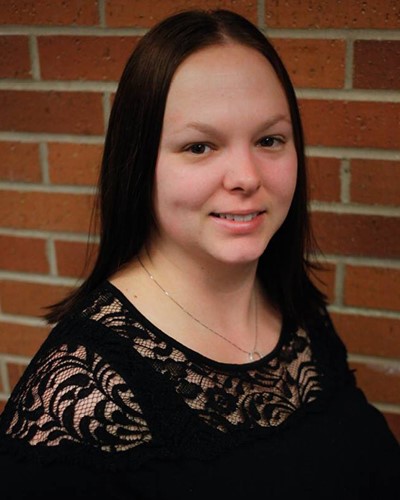Registrars have the unique opportunity to engage with students throughout the college student life cycle: Meet Kathy Callies, registrar at Dakota State University
Kathy Callies serves as the registrar at Dakota State University (DSU) in Madison, South Dakota. DSU is the state’s designated information technology institution with an enrollment of roughly 2,000 students. The university offers a number of program options through which students can earn undergraduate certificates, associate degrees, bachelor’s, master’s or doctorates, either on campus or online. Kathy has been the registrar since 2014 and has held several positions at DSU since the late 1970s. She also has done considerable work in rural development and economic development.
South Dakota is one of seven states that was involved in developing the Interstate Passport starting in 2011. DSU has been a member of the Interstate Passport Network since 2016, and since then, Callies has been a member of Interstate Passport’s Registrar and Institutional Researcher Advisory Committee. In that capacity she works with her counterparts in other member states to develop the processes for data collection and reporting to the National Student Clearinghouse. The Advisory Committee continues to monitor and address issues and concerns for Network member registrars and institutional researchers.
In fall 2019 the SD Board of Regents migrated from Colleague to Ellucian’s Banner student information system. Migrations cause lots of detours and Passport was one of those for the DSU system. Kathy and her team have been working with National Student Clearinghouse to implement some of the advantages of academic progress reporting and are hoping to continue to move forward into the next levels next academic year.
Callies believes that Interstate Passport’s concept of learning outcomes rather than course-by-course articulation is profoundly powerful. The learning outcomes are developed and held by faculty to implement what has already been reviewed. Earning a Passport is one objective for students to accomplish and then build from. Callies urges registrars to not overlook incoming freshmen who come in with lots of credits from dual credit coursework, AP exams, etc. Earning a Passport is something very much within reach for these students and is a benefit for longer-term goals.
A final word from Kathy: “Registrars have the unique opportunity to engage with students even before they finalize their decision to enroll in our institutions – via shopper student evaluations, etc. – while we also have the privilege to continue to engage with students throughout their enrollment and hopefully to graduation from our institution and even beyond! I often share that I have an addiction to students. With today’s technology assets, those of us who love our rural settings find that we can reach far beyond what was possible just a few years ago. Students are not so confined by location as they may have once been and earning a Passport is another tool to help urge them forward to realize their potential.”









